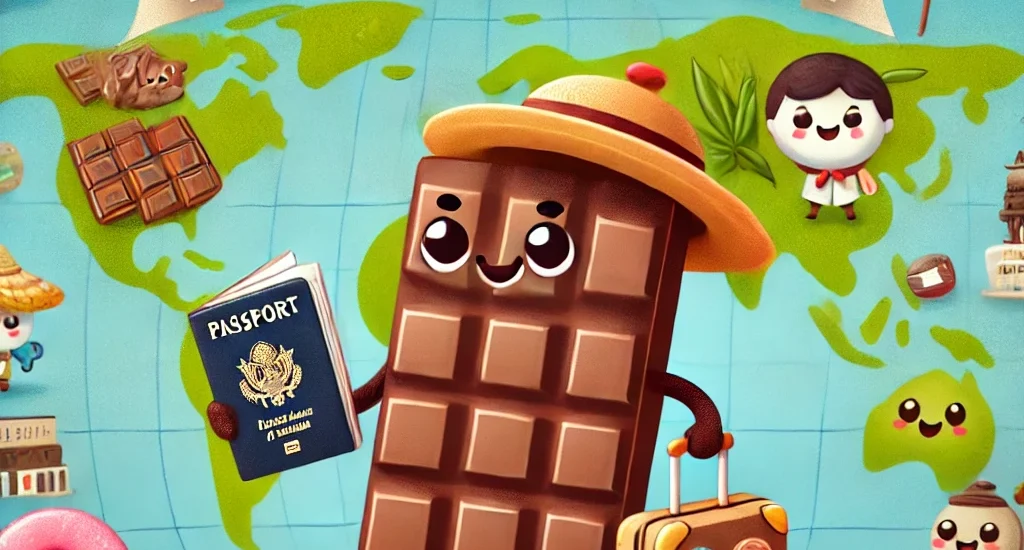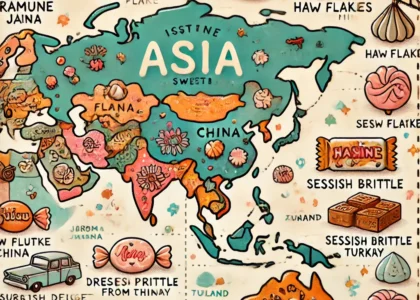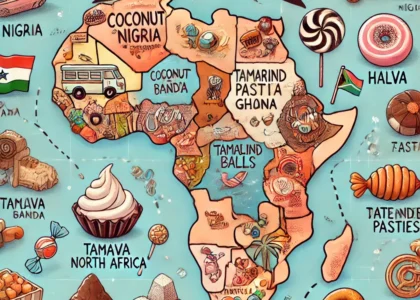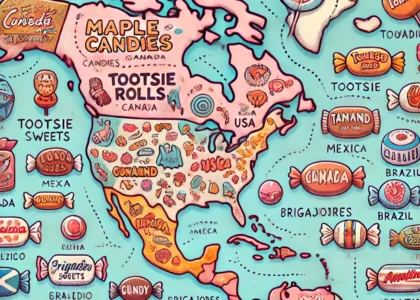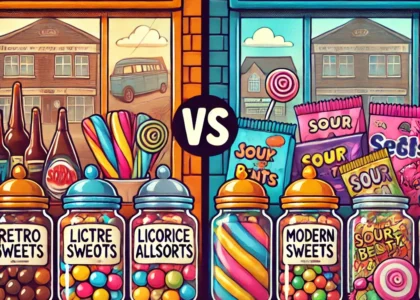Introduction
Chocolate is a universal delight enjoyed by cultures worldwide, yet the ways it is made, consumed, and celebrated differ significantly from country to country. From the spicy Mexican mole sauces to the delicate Belgian pralines, each region adds its own cultural, historical, and culinary twists to chocolate.
This article on Chocolate Traditions takes you on a flavorful journey across continents, exploring the diverse chocolate traditions that have evolved over centuries. Understanding these global variations enriches your appreciation for chocolate as a cultural artifact as well as a delicious treat.
1. Mexico: The Birthplace of Chocolate
Chocolate’s story begins in Mesoamerica, where the Olmecs, Mayans, and Aztecs cultivated cacao. Unlike today’s sweet chocolate, ancient cacao was consumed as a bitter, frothy drink often flavored with chili peppers, vanilla, and spices.
Traditional Mexican Chocolate Uses:
- Hot Chocolate (Champurrado): Thickened with corn masa and spiced with cinnamon.
- Mole Sauce: A complex savory sauce that includes roasted chilies, nuts, and cacao.
- Cacao Nibs: Used in ceremonial and culinary contexts.
Today, Mexican artisans blend tradition with innovation, producing single-origin chocolates that highlight native cacao varieties.
2. Belgium: The Art of Pralines
Belgium has long been synonymous with high-quality chocolate craftsmanship. In 1912, Jean Neuhaus invented the praline—a chocolate shell filled with ganache, caramel, or nuts—elevating chocolate from simple bars to exquisite confections.
Belgian Chocolate Characteristics:
- Fine, smooth texture.
- Use of high-quality cocoa butter.
- Wide variety of filled chocolates and truffles.
- Iconic brands: Godiva, Neuhaus, Leonidas.
Belgium’s chocolate culture focuses heavily on artisan techniques, with pralines as a symbol of luxury and celebration.
3. Switzerland: Precision and Creaminess
Switzerland’s chocolate tradition centers on precision manufacturing and innovation. It’s credited with inventing milk chocolate in the 19th century, thanks to Daniel Peter and Henri Nestlé’s work combining cocoa with condensed milk.
Swiss Chocolate Highlights:
- Smooth, creamy texture.
- Famous brands: Lindt, Toblerone, Cailler.
- Emphasis on tempering techniques for glossy finish.
- Classic chocolate bars often feature nuts, nougat, and honey.
Swiss chocolate is renowned for its balance between flavor and texture, ideal for both casual snacking and gifting.
4. Ghana: The Heart of Cocoa Production
Ghana is one of the world’s largest producers of cacao, supplying much of the raw material used globally. While the focus here is on farming rather than finished chocolate, Ghanaian traditions honor cacao as an essential cultural and economic resource.
Cacao in Ghana:
- Festivals celebrating the cacao harvest.
- Emphasis on sustainable farming and fair trade.
- Growing local chocolate production to add value.
Recent years have seen a rise in Ghanaian bean-to-bar makers aiming to spotlight single-origin Ghanaian cacao with rich, earthy profiles.
5. Italy: Gianduja and Beyond
Italian chocolate is famous for gianduja, a luscious blend of chocolate and hazelnut paste originating in Turin during the Napoleonic era when cocoa shortages led to nut blends.
Italian Chocolate Features:
- Creamy, nutty flavors.
- Fine artisan gelato often incorporates chocolate and gianduja.
- Iconic brands: Ferrero Rocher, Venchi, Perugina.
Italian chocolate culture intertwines with pastry and confectionery, resulting in decadent desserts and chocolate-spread traditions.
6. Japan: Subtlety and Innovation
Japan’s chocolate culture is relatively modern but marked by innovation and elegance. The Japanese emphasize refined presentation, subtle flavors, and seasonal limited editions.
Japanese Chocolate Trends:
- Matcha (green tea) flavored chocolates.
- Unique textures such as aerated chocolate.
- Popular brands: Meiji, Royce’, Lotte.
- Seasonal chocolates for holidays like Valentine’s Day and White Day.
Japan’s chocolate consumption is often gift-oriented, focusing on aesthetics and delicate flavor balance.
7. Venezuela: Terroir and Fine Cacao
Venezuela is famed for its fine aroma cacao varieties, some considered among the best in the world. The country’s chocolate tradition revolves around preserving cacao biodiversity and terroir expression.
Venezuelan Chocolate Highlights:
- Single-origin bars showcasing floral and fruity notes.
- Traditional techniques emphasizing minimal processing.
- Brands: El Rey, Chuao.
Venezuelan chocolate represents the link between heritage farming and premium, artisanal chocolate making.
8. The UK: From Classic Bars to Craft Boom
The UK’s chocolate history is tied to industrial pioneers like Cadbury, known for its milk chocolate bars and the creation of the modern chocolate egg.
British Chocolate Culture:
- Mass-market bars: Cadbury Dairy Milk, Galaxy.
- Growing craft chocolate movement emphasizing ethical sourcing.
- Seasonal favorites: chocolate Easter eggs, Christmas selection boxes.
The UK is balancing tradition and innovation with a rising interest in bean-to-bar makers.
9. Cultural Significance and Celebrations
Chocolate features prominently in celebrations worldwide:
- Valentine’s Day: Popular in Western countries for expressing love.
- Día de los Muertos (Mexico): Chocolate is part of offerings and traditional sweets.
- Golden Week (Japan): Limited edition chocolates mark holidays.
- Christmas and Easter: Universal chocolate gifting and treats.
These cultural rituals demonstrate how chocolate transcends mere food to become a symbol of emotion, community, and heritage.
Conclusion
Exploring chocolate traditions worldwide reveals a rich tapestry woven from history, culture, and culinary art. Each region’s unique approach to chocolate reflects its geography, economy, and values. By savoring chocolates from different countries, you partake in a global story of innovation, celebration, and shared human delight.
Next time you enjoy chocolate, consider its journey—from the tropical cacao farms of Ghana to artisan chocolatiers in Belgium or the innovative flavors of Japan—and how that diversity enriches every bite.

